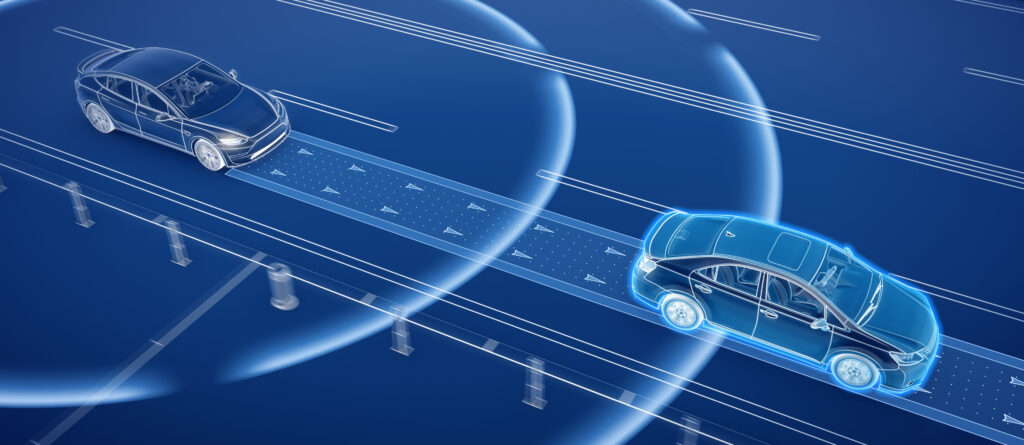A new study conducted by the Massachusetts Institute of Technology (MIT) Laboratory for Information and Decision Systems (LIDS) has found that human supervisors have the potential to reduce barriers to deploying autonomous vehicles.
Although human drivers can make safety considerations that surpass an AV’s ability, and AVs are well-known for struggling with driving tasks – including taking on- or off-ramps or turning left in the face of oncoming traffic – Cathy Wu, an MIT engineer, predicts that AVs could still be deployed with these issues, without compromising safety.
“I started thinking more about the bottlenecks. It’s very clear that the main barrier to deployment of autonomous vehicles is safety and reliability,” said Wu.
If these safety challenges can be overcome, AVs are expected to help reduce congestion on highways, improve mobility for non-drivers and enhance driving efficiency. To enable the safe integration of AVs, Wu – a member of LIDS, a Gilbert W. Winslow Assistant Professor of Civil and Environmental Engineering (CEE) and a member of the MIT Institute for Data, Systems and Society (IDSS) – anticipates that a hybrid system could be used, with AVs conducting easier scenarios autonomously, while more complicated driving scenarios are handled by remote human operators.
A paper published by Wu and co-authors Cameron Hickert and Sirui Li – both graduate students at LIDS – in IEEE Transactions on Robotics, introduced a framework for how remote human supervision could be scaled to make a hybrid system efficient without compromising passenger safety. The authors noted that if AVs were capable of coordinating with one another, the scenarios in which human intervention was required could be reduced.
For the project, the team concentrated on a driving maneuver that AVs find hard to complete: merging, specifically when vehicles use an on-ramp to enter a highway. This maneuver is complicated due to merging cars accelerating or slowing down to avoid crashing into cars already on the road. Because of this, remote human supervisors could momentarily take control of the AV to ensure a merge is completed safely.
To ensure the system of remote human interaction is efficient and safe, the team specified the maximum amount of time each human supervisor would be expected to spend on a single merge. They did this to better understand whether a small number of remote human supervisors could successfully manage a larger group of autonomous vehicles, and the extent to which this human-to-car ratio could be improved while still safely covering every merge.
With more AVs being used, it could be assumed that more remote supervisors would be required, but in the test scenarios where AVs coordinated with one another, the research team found that the AVs could greatly reduce scenarios in which remote human operators were needed. This could be achieved by the AVs adjusting their speeds to make room for a merging car to enhance safety.
The team substantiated the potential to safely scale remote supervision in two theorems. The first involved the team using a mathematical framework called queuing theory, under which the researchers formulated an expression to capture the probability of a given number of supervisors failing to handle all merges pooled together from multiple cars. This way, the team could assess how many remote supervisors would be needed to cover every potential merge conflict, depending on the number of AVs in use. A second theorem was developed to quantify the influence of cooperative AVs on surrounding traffic for boosting reliability, to assist cars attempting to merge.
In a modeled scenario where 30% of cars on the road were cooperative AVs, the team estimated that a ratio of one human supervisor to every 47 AVs could cover 99.9999% of merging cases. This level of coverage, however, drops below 99% – a percentage that the team deemed unacceptable – in scenarios where AVs did not cooperate with each other.
“If vehicles were to coordinate and basically prevent the need for supervision, that’s actually the best way to improve reliability,” said Wu. “This gives us some more confidence that the autonomous driving experience can happen.
“I think we need to be more creative about what we mean by ‘autonomous vehicles’. We want to give people back their time – safely. We want the benefits; we don’t strictly want something that drives autonomously.”
For more on connectivity, please click here.


